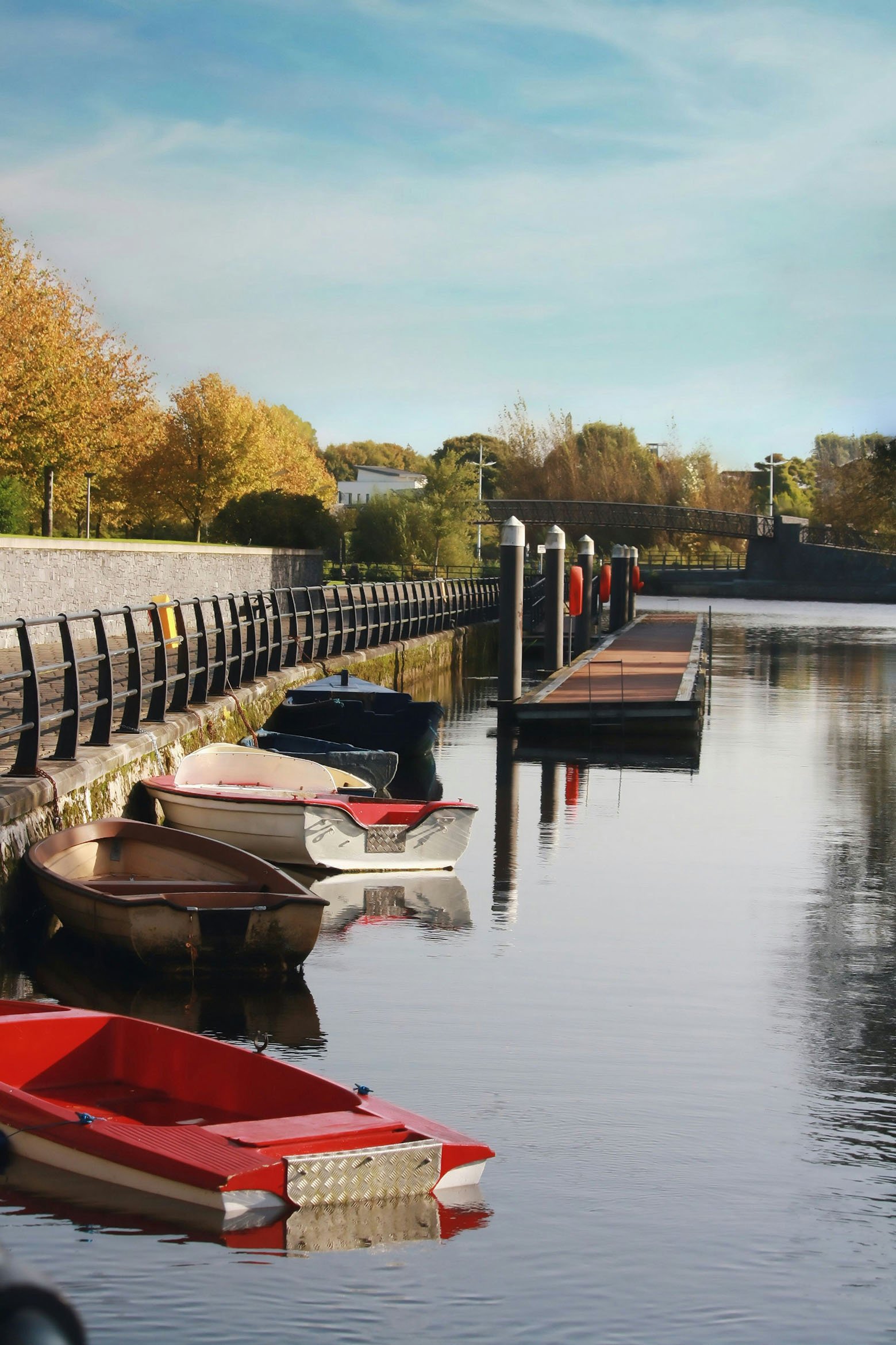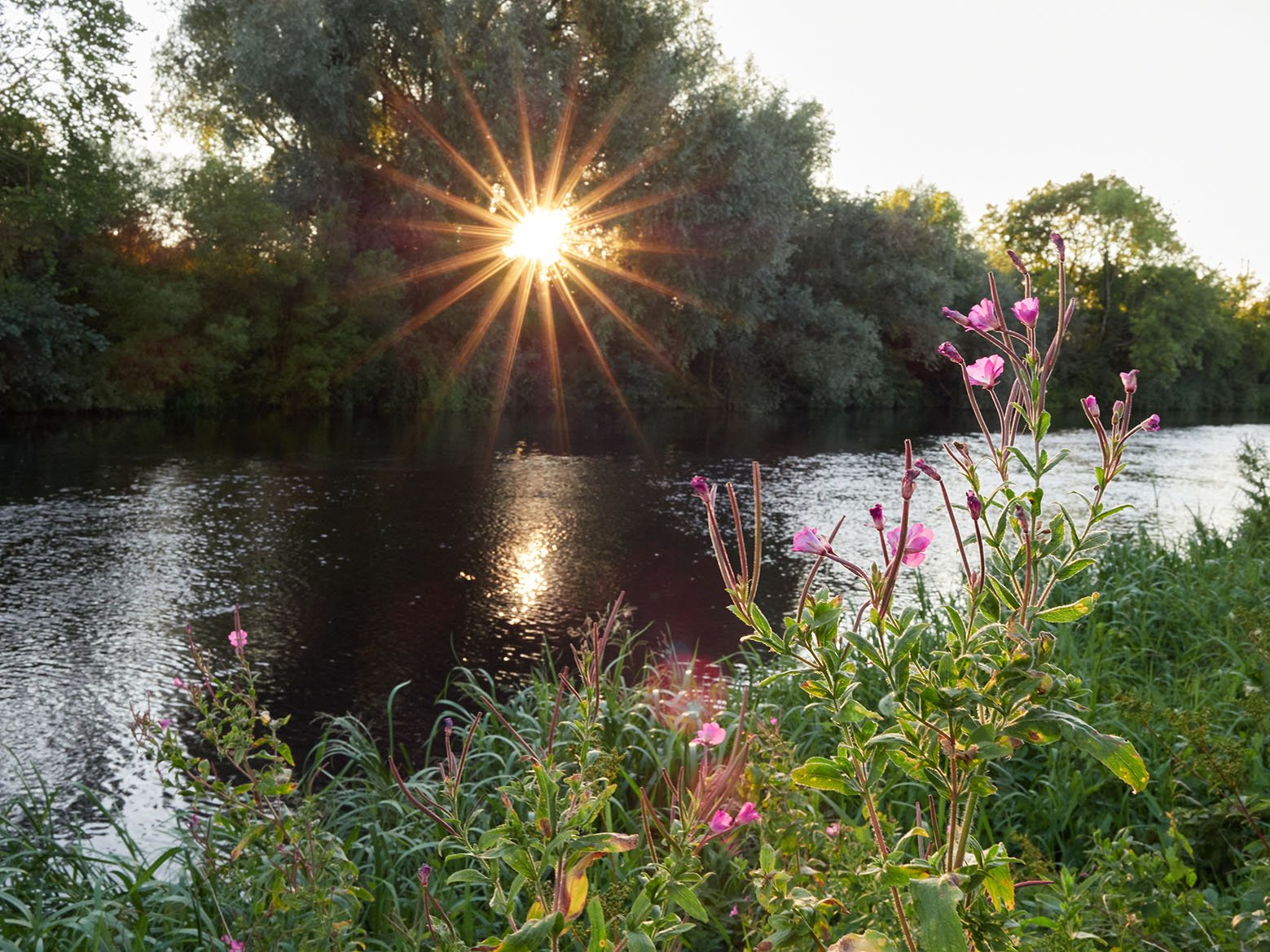Compact in Size, Big on Irish Charm
Though compact in size, with an area covering approximately 897 square kilometers, County Carlow exudes an aura of charm and authenticity. Bordered by the counties of Laois, Kildare, Wicklow, Wexford, and Kilkenny, Carlow serves as a quintessential slice of the country’s rich geography.
The River Barrow, the second-longest river in Ireland, gracefully winds its way through Carlow, lending a picturesque quality to the county’s towns and villages. This body of water not only adds to Carlow’s scenic allure but has also played a vital role in shaping the region’s historical and economic development over the centuries.
Culturally, County Carlow is a treasure trove. The area boasts a variety of historical landmarks, ancient structures, and cultural festivities that reflect its vibrant history. Sites such as Carlow Castle, the Brownshill Dolmen, and the remnants of Neolithic tombs speak volumes about the area’s historical depth and are a testament to Carlow’s significance in Irish heritage.
Highlights of
County Carlow

Browneshill Dolmen
The Browneshill Dolmen, located in County Carlow, Ireland, is a unique example of prehistoric architecture. This megalithic portal tomb is renowned for its enormous capstone, which is the largest in Europe, weighing an estimated 100 tons. Constructed during the Neolithic period, approximately 5,000 to 6,000 years ago, the dolmen serves as an enduring testament to the ingenuity and effort of early human societies.

Town of Carlow
Carlow, situated in the heart of County Carlow, Ireland, is a town steeped in rich history and vibrant culture. Nestled along the tranquil banks of the River Barrow, this charming town offers a picturesque setting that attracts visitors from near and far. Carlow’s strategic location within the county makes it an accessible destination, perfect for a leisurely exploration or a cultural journey through Ireland’s storied past.

The Gardens and Natural Attractions of County Carlow
As a sanctuary for garden enthusiasts, Carlow is renowned for its horticultural heritage. The Carlow Garden Trail, a collective of sixteen gardens and historic sites, showcases the county's dedication to preserving its botanical excellence. These gardens, each with its design and plant collections, highlight both traditional and contemporary gardening art, attracting visitors from all corners of the globe.
This natural bounty is further enriched by the presence of historical landmarks. Stately homes and monastic ruins are scattered across the landscape, offering a glimpse into the region’s storied past. These historical sites are often nestled within gardens and parks, creating a seamless blend of culture and nature that enhances the visitor experience.
